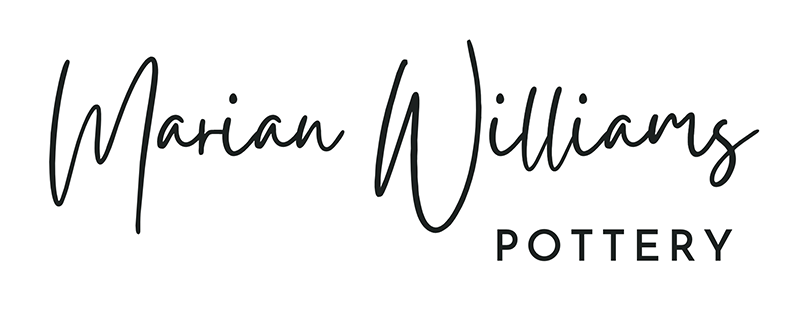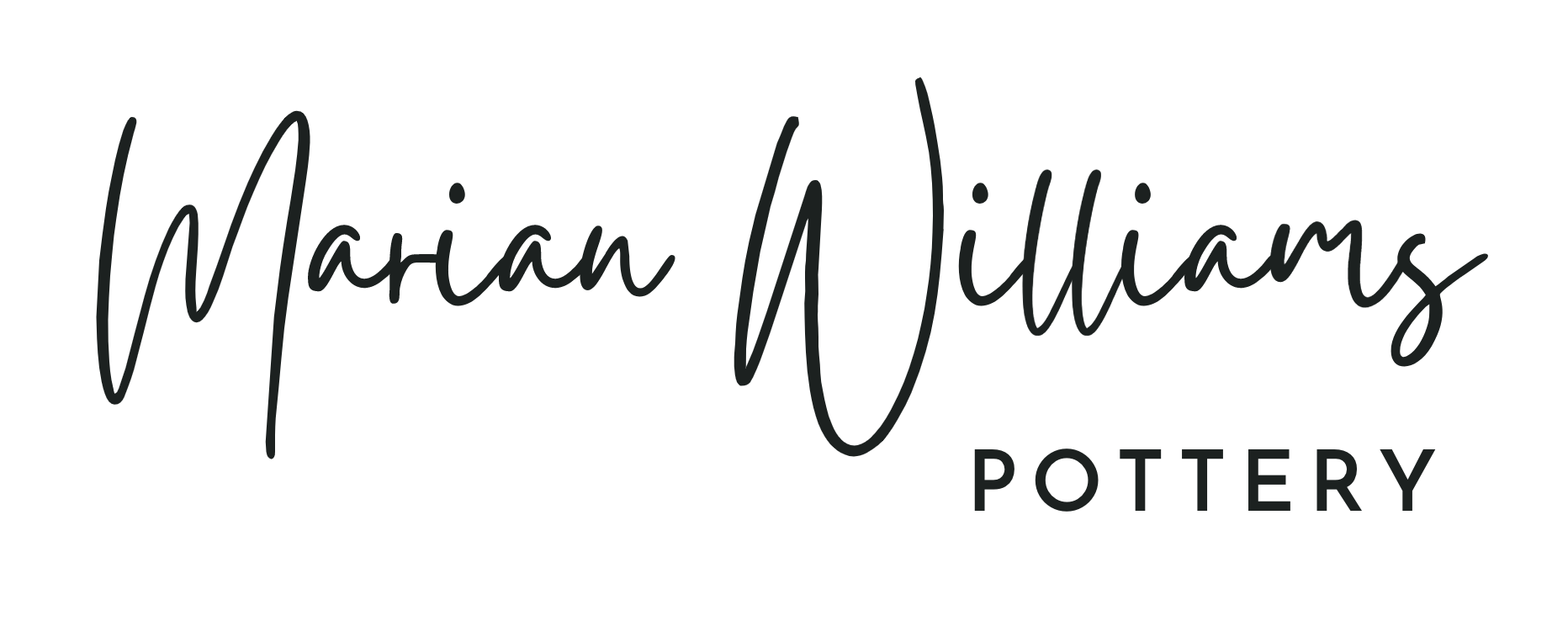My previous post on how to make a pottery apron is my most popular post (thanks to Pinterest!) so thought I’d put it out there again for those of you that did not see it previously.
One of the downsides of doing pottery is the mess…unless you have an awesome pottery apron that keeps the dirt from overwhelming your outfit (and I use that term loosely, as I NEVER would call what I wear to the pottery studio, an “OUTFIT”-LOL!!).
The best apron that I’ve found was in a sack of rags from the lady that I bought the kiln from. As she had me load up “everything”, I took a bag of rags and in going through them found this old, but fantastic apron.
See video here (I apologize now for this very cheesy video):
I made a pattern from it and made a few minor changes and have made several since. You can actually pull it over your head, no ties, no need for clean hands, and it splits in the middle, so it is perfect for throwing. I make them out of curtain fabric that has a light rubbery lining-helps to avoid too much soakage!
Here is an article I found on how to make a pottery apron from a Pottery Making Illustrated, Special Potters Guide issue from 2001-2002: 
Keep it clean!
Marian


























































 Spraying glazes can allow you to layer glazes, apply glazes in a random manner and also better control the amount of glaze applied to a piece.
Spraying glazes can allow you to layer glazes, apply glazes in a random manner and also better control the amount of glaze applied to a piece.







